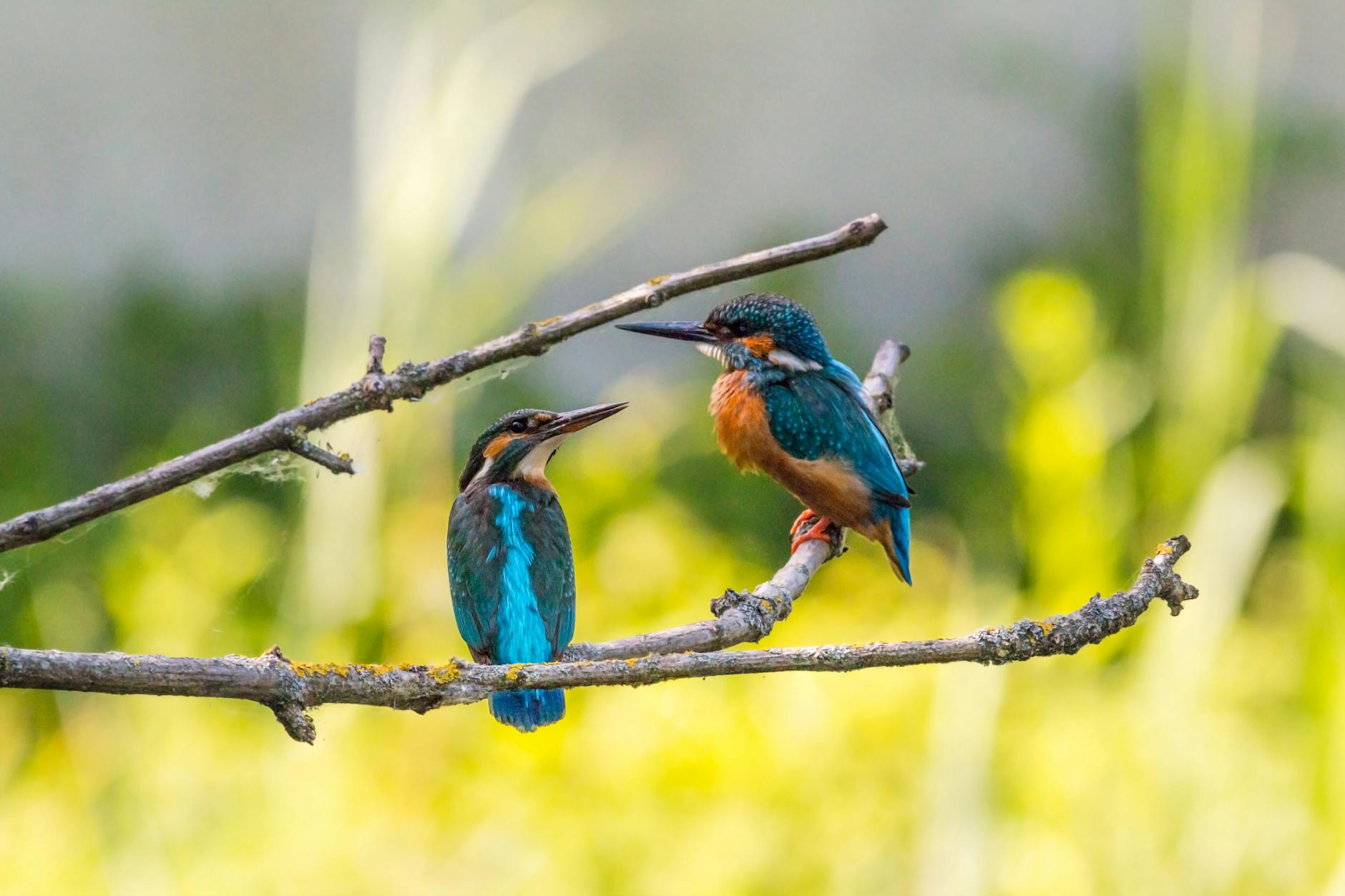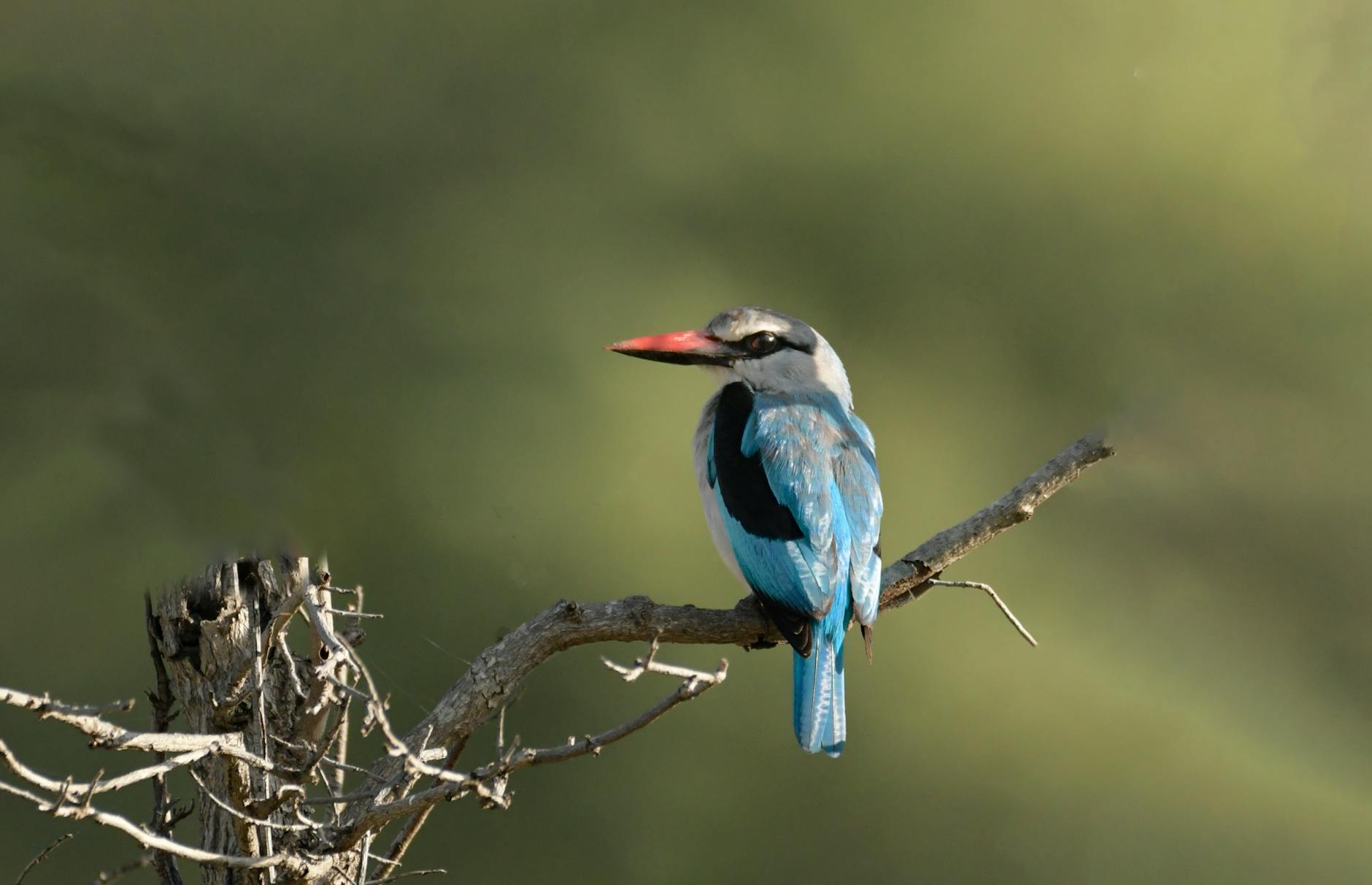How to Spot a Kingfisher: Essential Tips for Birdwatchers of All Levels
Kingfishers are a delight for birdwatchers, celebrated for their striking colours and agile movements. With shades of vibrant blue, green, and orange, spotting one can feel like a small triumph. But how do you ensure you catch a glimpse of these beautiful birds?
Whether you’re a newcomer to birdwatching or a seasoned observer, knowing where to look and what signs to follow can enhance your experience. In this guide, you’ll find practical tips to recognise kingfishers in their natural habitat. From ideal locations to behavioural cues, we’ll help you sharpen your skills and deepen your appreciation for these remarkable creatures. Get ready to elevate your birdwatching game and make kingfisher sightings a regular part of your outings.
Understanding Kingfishers
Kingfishers, with their stunning colours and dynamic behaviour, are a true highlight for birdwatchers. In the UK, bird enthusiasts can encounter several species, each with distinct characteristics that make spotting them an intriguing challenge. Let’s explore the common species you might find and some identifying features that will enhance your kingfisher observation experience.
Common Species in the UK
Two main species of kingfishers are often observed in the UK: the Common Kingfisher and the Belted Kingfisher.
- Common Kingfisher (Alcedo atthis):
- This small bird boasts vibrant blue and orange plumage, making it unmistakable even from a distance.
- They are frequently spotted along rivers, lakes, and ponds, where they hunt for fish.
- The Common Kingfisher is widespread in the UK, although they tend to be shy and may require patience to see.
- Belted Kingfisher (Megaceryle alcyon):
- Primarily found in North America, this species occasionally crosses into the UK.
- The Belted Kingfisher features a large head and a shaggy crest, giving it a distinctive look.
- They are more likely to be seen near coastal areas and open water.
Identifying Features
Spotting a kingfisher requires knowledge of its unique features that set it apart from other birds. Pay close attention to the following:
- Colouration: Kingfishers are renowned for their striking colours. The Common Kingfisher showcases bright blue and orange, while the Belted Kingfisher features a blue-grey body with a distinctive band across its chest.
- Size: Typically, kingfishers measure between 15 to 17 cm in length. The Compact body and long, pointed bill are easy to identify.
- Behaviour: Look for kingfishers perched on low branches or posts near water bodies. They have a distinctive hunting method, diving swiftly to catch fish.
For further insights into their distinct features, see the detailed information on BTO.

Photo by Pixabay
Understanding these common species and their identifying characteristics will help you significantly increase your chances of spotting kingfishers in the wild. With time and practice, you’ll develop an eye for these beautiful birds and the joy of observing them in their natural habitat will only deepen.
Best Locations for Spotting Kingfishers
To successfully spot a kingfisher, understanding their preferred habitats and seasonal behaviours can significantly enhance your chances of a sighting. Let’s look at where these stunning birds thrive and when you’re most likely to see them.
Habitat Preferences
Kingfishers are typically found around fresh or brackish waters. Their ideal habitats include:
- Rivers: Kingfishers prefer slow-moving rivers with plenty of fish. Look for overhanging branches where they might perch.
- Lakes: These birds thrive in lakes surrounded by vegetation. Shallow areas rich with aquatic life are hotspots.
- Marshes: Wetlands with dense reeds provide excellent nesting sites and abundant food sources.
- Ponds: Small ponds can be great locations for spotting kingfishers, especially if they have clear water.
These environments offer the perfect combination of food and shelter, allowing kingfishers to hunt and nest safely. Consider checking local nature reserves or parks with these features. For more tips on spotting kingfishers, visit Hayulls or explore advice shared on Reddit.

Photo by Pixabay
Seasonal Considerations
Kingfishers are present year-round, but their visibility varies with the seasons:
- Spring and Summer: This is prime time for sightings as they are nesting and feeding their young. Look near breeding sites where they are particularly active.
- Autumn: As the weather cools, kingfishers may be seen less often, but they still frequent their usual haunts. Keep an eye out for them in areas where fish are still abundant.
- Winter: Many kingfishers migrate to find warmer waters. However, some species remain in the UK. During this time, focus on established rivers and lakes that don’t freeze.
Understanding these seasonal patterns can help you plan your outings effectively. For detailed insights into the life history and habitats of kingfishers, refer to All About Birds and San Diego Zoo.
With patience and awareness of their habitat and seasonal behaviours, your chances of spotting these beautiful birds will be greatly enhanced. Happy birdwatching!
Tips for Spotting Kingfishers
Spotting a kingfisher requires a bit of strategy and awareness. By following these practical tips, you can enhance your chances of catching sight of these stunning birds.
Timing Your Visit
The time of day can significantly affect your chances of spotting kingfishers. Early mornings, particularly around dawn, are ideal. Kingfishers are most active as they hunt for their breakfast. The tranquility of dawn allows for optimal viewing conditions. Similarly, during dusk, you may find them out and about as they prepare for their evening meal.
Consider planning your visits based on this schedule. Early risers often have the reward of a kingfisher sighting. For more insights on timings, check out this discussion on Reddit.
Staying Hidden
One of the key elements of birdwatching is to remain inconspicuous. Kingfishers are highly alert and will quickly flee from disturbances. Wearing natural colours helps you blend into the surroundings. Additionally, find a place where you can remain hidden from view. This might mean sitting behind bushes or using a bird hide, which provides a great vantage point while keeping you out of sight.
While observing, stay still. Any sudden movements can startle the birds. Instead, take your time and enjoy the moment, appreciating the beauty of nature around you.
Using Binoculars Effectively
Binoculars are invaluable tools for birdwatching. When using them, first focus on the general area where you suspect a kingfisher might be. Once you spot them, raise the binoculars to your eyes without taking your gaze off the bird. This technique helps you maintain focus and increases the chance of not losing sight of the bird.
Make sure your binoculars are of good quality. A magnification of 8x to 10x is ideal for birdwatching. For more tips on binocular usage, take a look at this helpful guide from Audubon.
Listening for Calls
Kingfishers have a distinctive call that can help you locate them. Their shrill, mechanical rattles are often heard before the bird is seen. Listen for these sounds as you approach likely areas. If you hear a call, stay still and observe the surroundings closely. This audio cue can lead you directly to the source, increasing your chances of a good sighting.
For example, the Belted Kingfisher has unique vocalisations that can be quite helpful in locating it in the wild.
Patience and Persistence
Birdwatching is as much about patience as it is about skill. Kingfishers can be elusive. You may sit for a while without seeing one at all. However, maintaining your perseverance will pay off.
Remember, the thrill of birdwatching lies in the experience, not just the outcome. Take the time to enjoy the sights and sounds of your surroundings, and remind yourself that every outing has the potential to bring something new. Engaging with nature is rewarding in itself.
If you want to read more about the importance of patience in birdwatching, check out this insightful article on C&G News.

Photo by Frans van Heerden
Recording Your Sightings
Tracking your birdwatching experiences can significantly enrich your outings. By keeping a record of your sightings, you not only enhance your observational skills but also create a personal history of your encounters with kingfishers and other bird species. Below, we explore the benefits of maintaining a birdwatching journal and offer photography tips for capturing these stunning birds without causing them stress.
Birdwatching Journals
Maintaining a birdwatching journal has several advantages that can enhance your overall experience outdoors. Here are some key benefits:
- Documentation of Sightings: Recording your sightings helps you keep track of where you’ve seen specific birds and when. It allows you to note patterns over time. This can be particularly useful for understanding seasonal behaviours of kingfishers.
- Improved Identification Skills: Writing down details about the birds you see, including their behaviour, habitat, and physical characteristics, sharpens your identification skills.
- Reflection and Learning: A journal serves as a space for reflection. Reviewing past entries can inform your future birdwatching strategies and increase your knowledge about kingfishers and their habitats.
- Connection with Nature: Journaling can be a meditative process that deepens your connection with the natural world. It encourages you to slow down, observe more closely, and appreciate every moment outdoors.
For more tips on starting a birdwatching journal, visit Keeping a Bird Watching Journal.
Photography Tips
Photographing kingfishers can be immensely rewarding, but it requires sensitivity to their environment. Here are some helpful tips to capture stunning images without disturbing them:
- Use a Telephoto Lens: Kingfishers are small and often shy. A lens with a focal length of at least 300mm will allow you to photograph them from a distance.
- Maintain a Low Profile: Use natural cover such as bushes or trees to hide your presence. Blending into your surroundings decreases the chances of startling the birds. If possible, use a bird hide for stable shooting.
- Be Patient: Kingfishers may take time to return to their favourite perching spots. Stay still and quiet, allowing them to feel comfortable before you snap a photo.
- Watch for Patterns: Kingfishers often follow consistent paths when hunting. By observing their flight patterns, you can anticipate where they will appear next.
- Adjust Your Settings: Kingfishers are fast-moving and may dive swiftly into the water. Use a fast shutter speed (1/1000 second or faster) to freeze their motion. This will help in capturing their dynamic behaviour.
For additional insights on photographing kingfishers, check out How to Photograph Kingfishers and Wildlife Photography.

Photo by Ronald
Conclusion
Spotting a kingfisher is a rewarding experience that every birdwatcher should seek. By understanding their habitat, behaviour, and unique characteristics, you can increase your chances of a sighting. Remember to be patient and observant; the thrill often lies in the chase, not just the capture.
Make the most of your birdwatching adventures by keeping a journal of your experiences. This not only enhances your skills but also deepens your connection with nature.
So, grab your binoculars, venture outdoors, and embrace the beauty that awaits. What unexpected moments might you discover on your next outing? Happy birdwatching!










